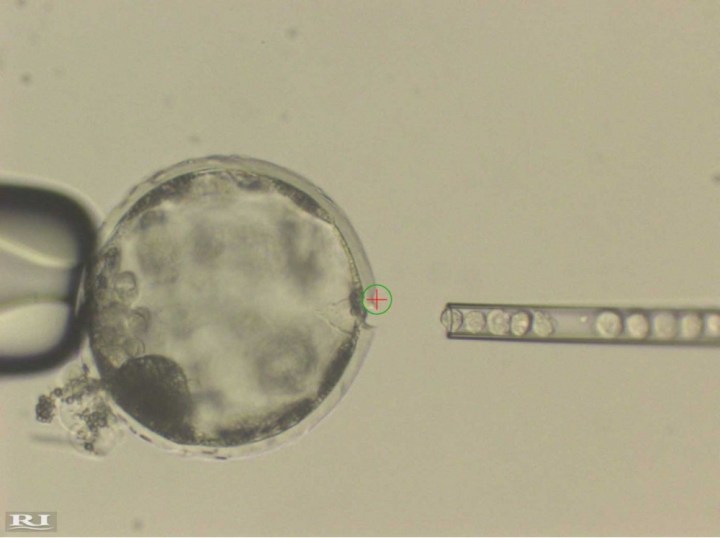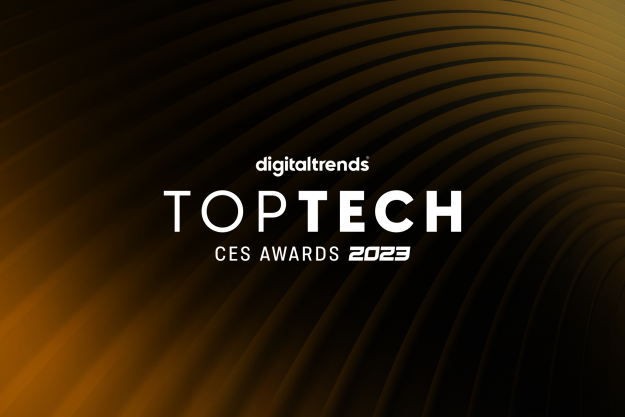
The complicated procedure involves the injection of human induced pluripotent stem (iPS) cells into a developing pig blastocyst. These iPS cells are a type of stem cell that has been created from an adult cell and has the ability to differentiate into a variety of cell types including neuronic, cardiac, pancreatic and more. In the procedure developed by the Kindai team, a laser beam was used to make an opening in the outer membrane of a pig blastocyst cell. The channel was wide enough for a needle to deliver the human iPS cells into the matrix of the developing embryo. The resulting hybrid cell was then implanted into a female pig (sow) and allowed to develop for four weeks.
After a month of in situ development, the embryo was harvested and analyzed. It was found that a small fraction of the pig embryo was composed of human cells. The human stem cells that were present had grown into precursor cells capable of eventually developing into heart cells, liver cells, and neurons.
Though researchers cautioned that the results were “highly inefficient,” the experiment hold promise as a model to better understand human embryonic and stem cell development as well as explore human disease progression. These results also may lead to the future use of farm animals as a host for growing transplantable human tissues. The future application of the technology may provide organs suitable for transplant and could help lessen the worldwide organ shortage that currently exists.




